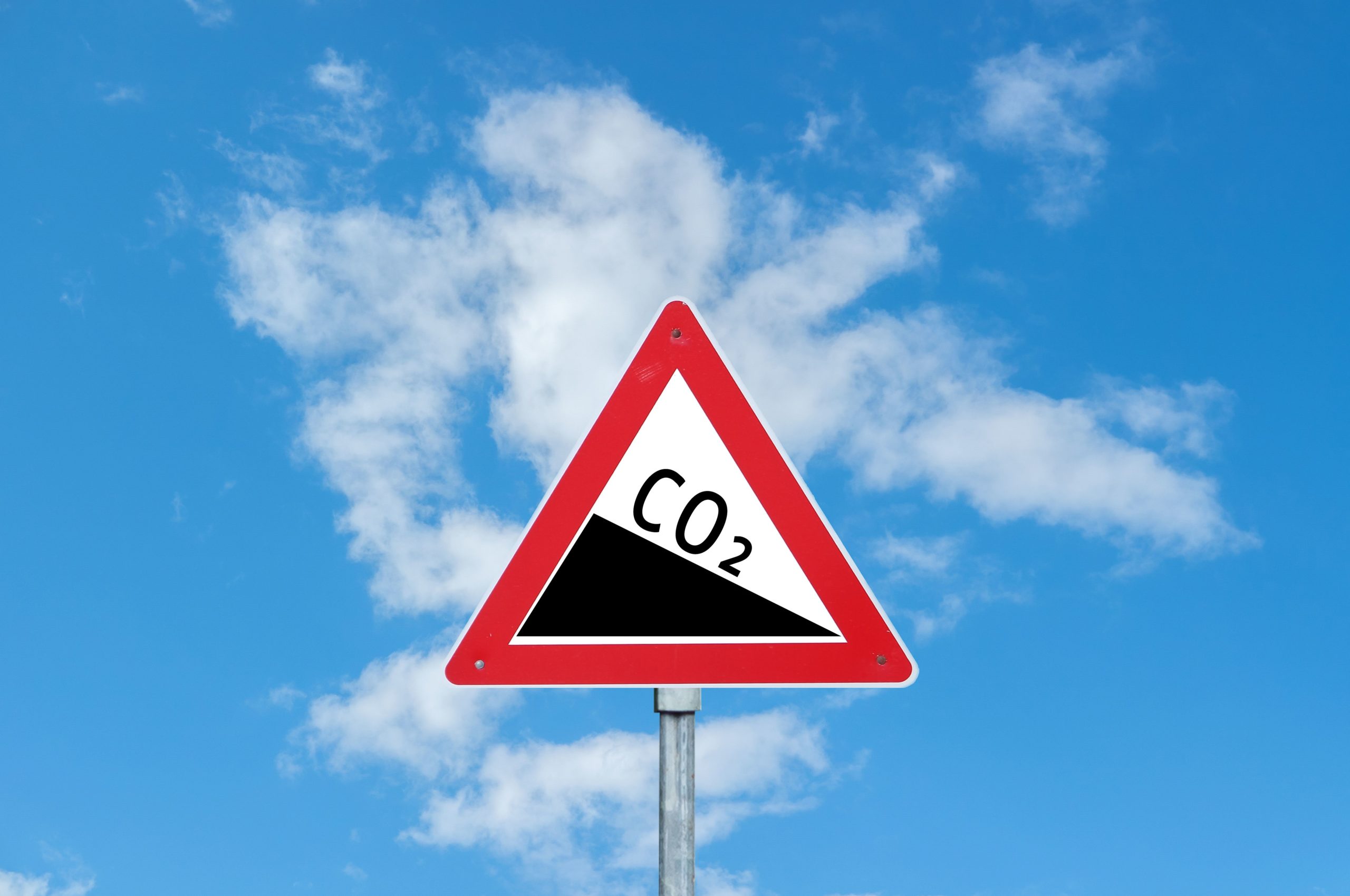CO2 Reduction

The electrochemical reduction of carbon dioxide (CO2) into valuable intermediary chemicals is an enticing avenue of ongoing research.
It is often described as a form of carbon capture and utilization as the CO2 leveraged in these redox reactions would normally propagate into our atmosphere and contribute to global warming.
Related Products
Hiden Analytical is one of the world’s foremost suppliers of advanced gas analysis instrumentation for complex electrochemistry research. This includes CO2 reduction experiments via electrochemical half-cells.
CO2 Reduction Via Differential Electrochemical Mass Spectrometry
Researchers typically investigate the time-dependent depletion of CO2 by a suitable cathode material as a function of current density. Half-cells are used to assess the rate of CO2 reduction to determine the efficiency of the cathode in question. Polycrystalline copper foil has been used extensively, but materials scientists increasingly deploy advanced nanomaterials such as carbon nanotubes or graphene in CO2 reduction experimentation. Theoretically, the atomic thickness and large surface areas of these novel monomolecular materials makes them supreme candidates for CO2 reduction electrochemistry.
At Hiden Analytical, we have developed a range of differential electrochemical mass spectrometry (DEMS) solutions for quantitative analysis of CO2 depletion efficiency by different cathodes. The DEMS technique is ideal for fast responses and low limits of detection in real-time, providing the greatest possible insights into CO2 reduction.
Contact us today if you would like to learn more about our DEMS solutions.
Summary of DEMS Cells and Sampling Interfaces for Electrochemistry Applications – TI-20022.2
Mass Spectrometers for Electrochemistry Applications
Sampling Inlets for Hiden Mass Spectrometers: Gas, Vapour and Liquid Sampling Systems
Integration of BioLogic Potentiostat with Hiden HPR-40 DEMS Mass Spectrometer

